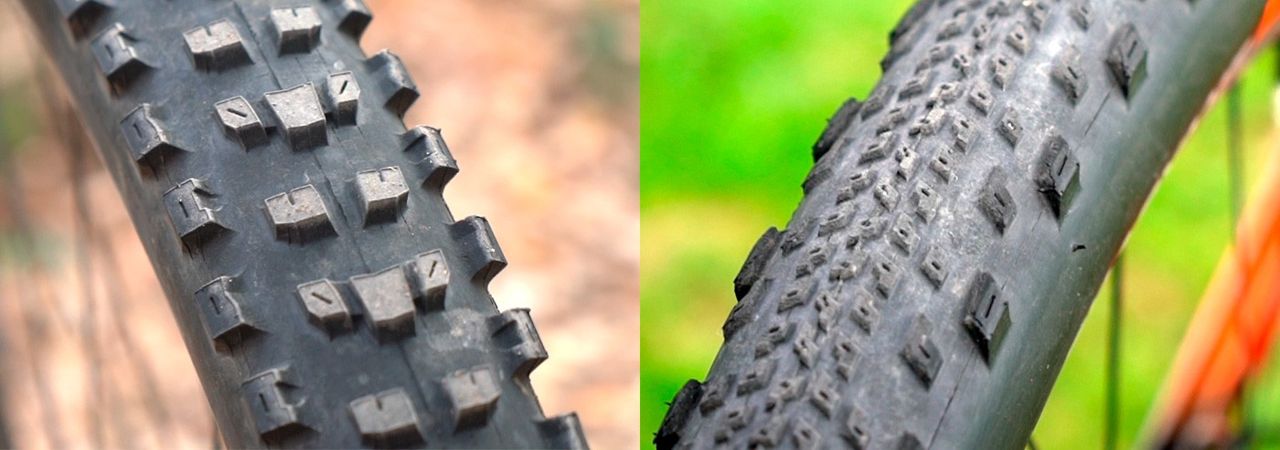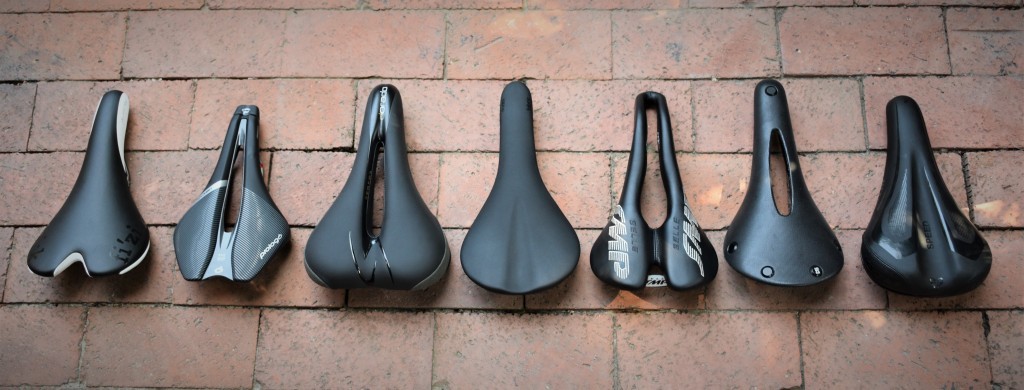Free shipping to every country in the world! (Check conditions)

How to choose a bicycle helmet: Ideal protection and style
How to choose a bicycle helmet: Protection and style for every cyclist
When it comes to cycling, safety comes first, and choosing a bicycle helmet The right helmet is a crucial decision that should not be taken lightly. A good helmet not only protects you in case of falls or accidents, but also complements your personal style and enhances your experience on the bike. In this comprehensive guide, we will help you understand the essential factors for choosing a bicycle helmet that offers maximum protection while adapting to your specific style and needs as a cyclist.
Choosing the right helmet can make the difference between a pleasant ride and a potentially dangerous experience. In addition to safety, a well-chosen helmet can offer comfort, adequate ventilation, and a look that reflects your personality. Here is a detailed guide to choosing the right helmet for you. choosing a bicycle helmet perfect, considering all the aspects you need to take into account.
Why is it important to choose a good bicycle helmet?
A bicycle helmet is not just an accessory, but an indispensable piece of protective equipment. A recent study showed that proper helmet use reduces the risk of serious injury by 70%. This highlights the importance of choosing a bicycle helmet that meets safety standards and fits your head perfectly.
Apart from the ProtectionModern helmets offer features such as advanced ventilation, light weight, and aerodynamic design, which improve the riding experience. Choosing a bike helmet that combines these features can make your rides more comfortable and safer.

Key factors when choosing a bicycle helmet
When selecting a bicycle helmet, there are several aspects to consider to ensure that it fits your needs. Below are the most important factors:
1. Type of cycling
The type of cycling you do will directly influence which helmet you choose. Not all helmets are created equal; some are optimized for speed, while others are focused on endurance and comfort on long rides. Below we break down the types of cycling and what to look for in each:
- Road cycling: Look for aerodynamic and lightweight helmets, like those of the MET brand, known for their design focused on reducing wind resistance. These helmets usually have multiple ventilation channels and a precise fit to maximize efficiency during long rides.
- Mountain biking: Opt for helmets with greater coverage and a visor to protect you from the sun and impacts from branches or stones. Helmets with features such as reinforced ventilation systems, rear and front protectors, and a robust design that can withstand impacts on rough terrain.
- Urban cycling: Choose compact, stylish helmets that offer good ventilation for everyday commuting. These helmets often have a more streamlined design and may include features such as integrated lights or reflectors to improve visibility in urban environments.
- Track cycling: For those who compete on tracks, helmets must be extremely light and aerodynamic, minimizing any wind resistance. GES brand offers options that meet these requirements, providing both security and competitive performance.
2. Fit and comfort
A helmet must fit your head snugly to be effective. Most modern helmets, such as those on the market, are made of GES brand, come with adjustment systems that allow you to customize the size to your liking. Make sure you measure your head correctly before purchasing and try on the helmet to check that there are no uncomfortable pressure points.
Comfort is key to ensuring you can wear your helmet for long cycling sessions without discomfort. Look for helmets that have high-quality interior padding, distribute pressure evenly, and are adjustable to fit different head sizes and shapes. A good fit also prevents the helmet from shifting or moving during use, ensuring consistent protection.
3. Weight and materials
The weight of the helmet is crucial, especially in disciplines such as road cycling where every gram counts. The materials used, such as polycarbonate in the shell and EPS foam on the inside, are light but resistant. The lightness of the helmet contributes to comfort, especially on long rides.
Additionally, some helmets use advanced material technologies, such as carbon fiber or reinforced plastic composites, to further reduce weight without compromising strength. choosing a bicycle helmet, consider the balance between weight and durability to find the helmet that best suits your needs.
4. Ventilation
Good ventilation in the helmet helps keep the head cool, preventing overheating during intense rides. Helmets with multiple ventilation channels, such as the Comet 21, are ideal for warm climates and long journeys. In addition, some models offer adjustable ventilation systems, allowing you to control the airflow according to weather conditions and your activity level.
Ventilation not only improves comfort, but also contributes to safety by reducing excessive sweating that could affect helmet grip or visibility through visors and goggles. choosing a bicycle helmet, pay attention to the distribution of the vents and how they affect air circulation throughout the helmet.
5. Style and design
In addition to protection, style is an important factor for many cyclists. Helmets are available in a variety of colors and designs, allowing you to express your personality while staying safe. Models like the XLC They offer a perfect combination of aesthetics and functionality.
To the choosing a bicycle helmet When it comes to style, consider how it will blend in with your gear and bike. An attractive design can make you feel more confident and motivated to get out on the road. Plus, some helmets offer customization options, such as interchangeable graphics or adjustable colors, so you can have a unique helmet that reflects your personal style.
6. Regulations and certifications
It is essential that the helmet you choose complies with established safety regulations. In Europe, look for helmets that meet EN 1078 certification, which guarantees that the helmet has passed rigorous impact and penetration tests. These certifications ensure that the helmet offers an adequate level of protection in the event of an accident.
To the choosing a bicycle helmet, always check that the helmet is visibly certified and check the manufacturer's specifications to ensure that it meets the necessary safety standards. In addition, some helmets offer additional safety features, such as MIPS (Multi-Directional Impact Protection System) technologies, which provide an extra layer of protection to reduce rotational forces in angled impacts.
7. Price and warranty
Price is an important factor to consider when choosing a bicycle helmetHelmets vary widely in price, from budget options to high-end models with advanced features. Set a budget and look for helmets that offer the best balance of cost and features. The most expensive helmet isn't always the best one for you, but investing in a quality helmet is crucial for your safety.
Also, check the warranties offered by the manufacturer. A good warranty can give you peace of mind and additional protection in case of manufacturing defects or problems with the helmet. Many manufacturers offer warranties that cover replacements in case of damage or defects for a certain period.
Recommended brands for choosing a bicycle helmet
There are several brands on the market that are recognized for their quality and design in bicycle helmets. Some of the most notable ones include:
- MET: Known for its lightweight, aerodynamic helmets ideal for road cycling, MET helmets incorporate advanced ventilation technologies and adjustment systems that ensure a comfortable and secure fit.
- GES: Specializing in helmets with advanced fit systems, offering superior comfort for all types of cycling. GES helmets stand out for their durability and innovative design, providing both protection and style.
- XLC: This model combines modern design with advanced safety features. Ideal for urban cyclists looking for a helmet that complements their daily style without sacrificing protection.
- Comet 21: Designed to offer excellent ventilation and comfort during long rides. Its robust design makes it perfect for mountain bikers facing difficult terrain.
Additional tips for choosing a bicycle helmet
In addition to the factors already mentioned, here are some additional tips for choosing a bicycle helmet that will help you make the best decision:
Try before you buy
Whenever possible, try on a helmet before you buy it. Make sure it fits your head properly and that you feel comfortable wearing it. If you buy online, check the return policies to make sure you can return the helmet if it doesn't fit properly.
Consider the visor
Some helmets come with built-in visors that protect your eyes from the sun, rain, and wind. This is especially helpful for mountain and road cyclists who face varying weather conditions. choosing a bicycle helmet, consider whether you need an additional visor and whether the helmet you are choosing includes one or has space to add one.
Accessory Compatibility
If you use accessories such as lights, cameras or communication systems, make sure the helmet you choose is compatible with these devices. Some helmets have specific mounts for front and rear lights, or may have USB ports for charging electronic devices.
Lifestyle and frequency of use
Consider how and how often you'll be using your helmet. If you're a regular cyclist, it may be worth investing in a high-quality helmet that offers long-term durability and comfort. If you only cycle occasionally, you might want to opt for a more basic helmet that will meet your needs without breaking the bank.
How to keep your bike helmet in optimal condition
Once you've chosen the perfect bike helmet, it's important to keep it in good condition to ensure its effectiveness. Here are some tips for maintenance:
Regular cleaning
Clean your helmet regularly with a damp cloth and mild soap. Avoid using harsh chemicals that can damage helmet materials. Keep the interior clean and free of accumulated sweat, as this can affect comfort and hygiene.
Proper storage
Store your helmet in a cool, dry place, away from direct sunlight and heat sources. Avoid leaving your helmet inside your bike or in places where it could be knocked or damaged.
Damage review
Check your helmet regularly for cracks, dents, or any other damage. If the helmet has suffered a significant impact, consider replacing it immediately, as the structural integrity may have been compromised.
Helmet lifespan
Even if your helmet has not suffered any visible damage, it is recommended to replace it every 3 to 5 years, depending on the use and conditions it has been exposed to. Helmet materials can degrade over time, reducing their protective capabilities.
Conclusion: Choose your perfect bike helmet today
Do not underestimate the importance of choosing a bicycle helmet appropriate. Not only is it essential safety equipment, but it's also an extension of your personal style as a cyclist. Evaluate your needs, from the type of riding you do to your style preferences, and select a helmet that offers the best combination of protection and aesthetics.
Remember to visit our store to discover a wide range of options, from aerodynamic models to MET to the comfortable and versatile helmets of GESAlso, don't forget to check out our featured products like the XLC and the Comet 21, which offer an excellent combination of protection and style.
Don't wait any longer and protect your safety in style! Choosing a bicycle helmet It has never been so easy and safe. With the right information and options available in our store, you will find the perfect helmet that suits your needs and allows you to enjoy every pedal stroke with peace of mind.









